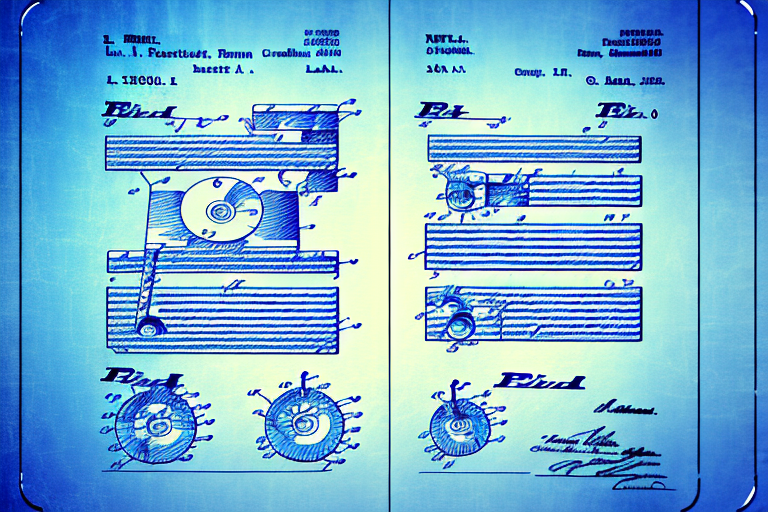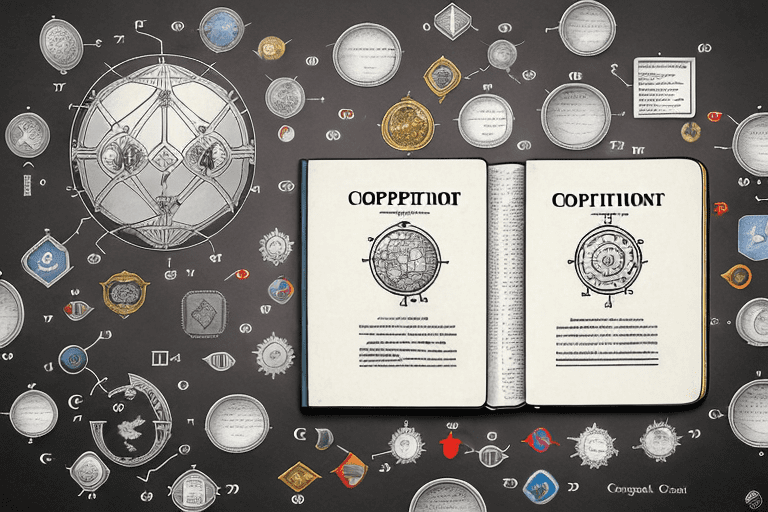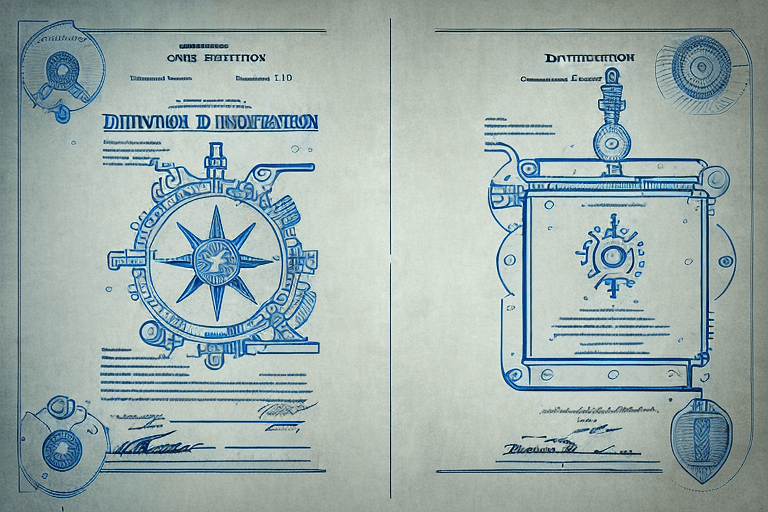Discover the key distinctions between the terminal part of a patent claim and its preamble.


Discover the key distinctions between the terminal part of a patent claim and its preamble.
Discover the key distinctions between a public use bar and an on-sale bar in patent law.

Discover the key distinctions between the Paris Convention and the Patent Cooperation Treaty (PCT) in the realm of international patenting.

Discover the key distinctions between pre-AIA and post-AIA patent applications.

Discover the nuances between the transition phrases “comprising” and “consisting of” in patent claims.

Discover the key distinctions between the written description requirement and the enablement requirement in patent law.

Discover the key distinctions between inventorship disputes and ownership disputes in this informative article.

Discover the key distinctions between the Manual of Classification and the Cooperative Patent Classification in this informative article.

Discover the distinction between a patent’s family and a patent’s chain of priority.

Discover the distinctions between a true inventor and a deeming inventor in this insightful article.

Discover the key distinctions between divisional patent applications and continuation-in-part applications.

Discover the key distinctions between a rejection under 35 U.S.C. § 101 for abstractness and a rejection under 35 U.S.C. § 103 for obviousness.